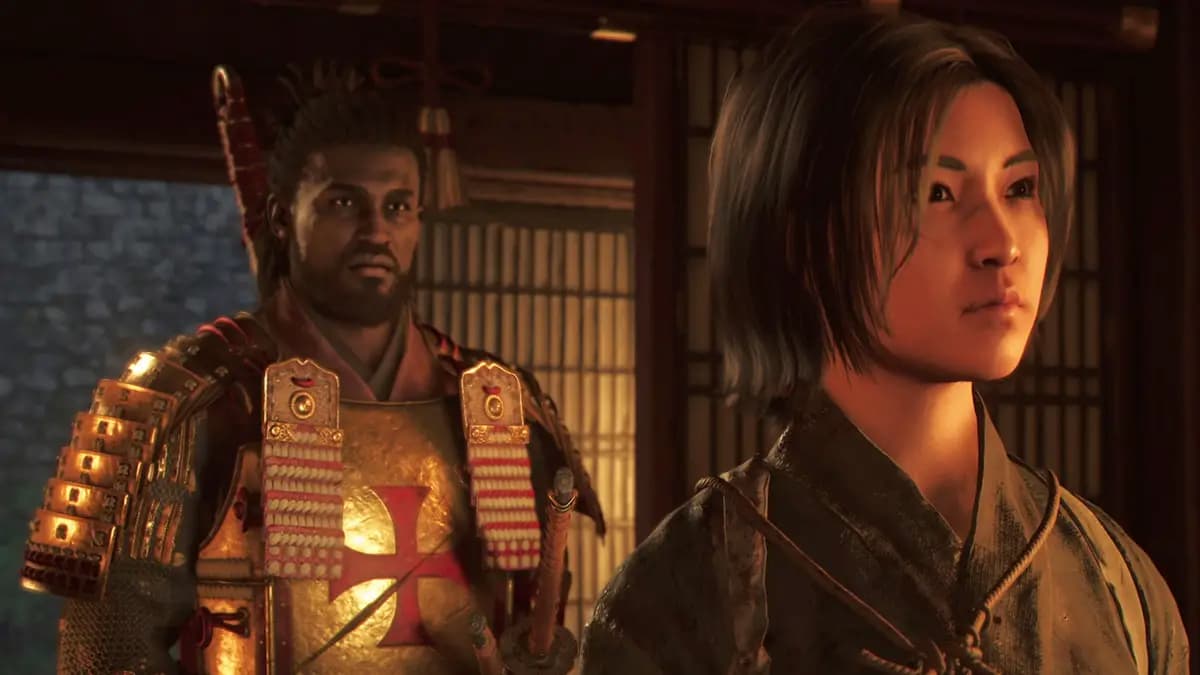By far the most popular game at the 2024 Tokyo Game Show has been Capcom’s Monster Hunter Wilds. Even on business days without general public access, the queue to participate in a group monster hunt was over an hour long. It’s not hard to understand why—the next Monster Hunter game is one of the most anticipated titles of next year. I just hope they can work out some of the technical issues before its 28 February release date.
The demo presented to the press, however, was different from the cooperative monster hunt provided elsewhere in the massive Capcom booth. We instead got to play the opening moments of the game, beginning with the character creator and ending with a Chatacabra hunt.
I didn’t want to spend too much time fiddling with the character creator so I quickly scrolled through the presets and selected a female avatar that looked and sounded like Michelle Rodriguez. For my cat-like Palico companion—no Palamutes here—I chose the preset that had an adorable little mustache.

The setup for Monster Hunter Wilds’ much more involved story and the demo itself was thus: my hunter, as an experienced slayer of monsters, was tasked with finding a hidden village of people that have somehow survived in a wasteland. With the help of a boy from said village, my crew and I set out on a sandship to see if we couldn’t find these people.
On this little voyage, my crew spotted a young girl fleeing from a horde of monsters on a chicken-like Seikret. My hunter leapt from the sand ship onto another Seikret—the new mounts in this game—to save the girl, finally handing direct control to me.
After an exhilarating chase sequence where the Seikrat climbed and sped along rocky outcroppings as I stunned pursuing monsters by firing seeds with a arm-mounted crossbow, I rescued the girl from certain death, throwing her on the back of my own Seikret. From there, the girl told us her brother was still out in the wilderness alone and that we had to save him.
Coming after Monster Hunter World and Monster Hunter Rise, it’s clear Capcom has traded the whimsical style of those games for a more serious tone through a fully-voiced hunter and dramatic cinematics. I’m personally not sold on these changes, as I’ve always appreciated the series’ quirkiness, but I’m withholding judgement until I see more of the full game.
Anyway, from there the Monster Hunter we all know and love shines through, as I get to choose one of the 14 different weapons. I went with my beloved Switch Axe, though I was tempted to see the ranged weapon changes first hand.
Setting out to find the girl’s missing brother, our new Seikret friend followed his sent to the lair of a Chatacabra—a large frog-like creature with a massive tongue. It had a much more monstrous appearance this time around rather than the more vivid—and dare I say almost cute?—iteration from Rise.
I hope there aren’t any Khezu in this game.
While I’ve played plenty of Monster Hunter, it took me a while to get a hang of the unique control system and the Switch Axe’s unique mechanics, which include a massive charged-up explosion. Everyone who has played a Monster Hunter will know battles can feel clunky and unintuitive until that happens, and it happened to me here. I was popping potions to keep myself alive as the Chatacabra slammed me around the little cave it found me in and whipped me with its massive tongue.

When I did start getting the hang of it, a new mechanic presented itself: wounds. By holding L2 on the controller, I could ‘focus’ on the Chatacabra and see wounded areas like the base of its tongue or—and I’m not joking—its butt. In focus mode, I could launch a focus attack that dealt massive damage to this wounded area, often stunning the Chatacabra completely.
This added a nice little reward for hunters who paid attention, though I’m curious how it will work on the larger and more fearsome foes as focus slows down movement.
With the Chatacabra defeated and the siblings saved, my crew and I took them to the base camp in the area, from which the demo ended.
But what about those technical problems I mentioned in the intro? Despite how much I enjoyed getting back into monster hunting, the cutscenes, chase sequence, and Chatacabra fight were all plagued with visual bugs and stuttering. The demo was running on a regular PlayStation 5 in what I assume was quality mode as the frame rate was attempting to stay at 30 but often dipped and staggered as sand blew across the screen.
There’s still the chance that these technical issues are related to the build version and not indicative of the full game, but given the recently revealed and steep system requirements, I’m not so sure.
While the other recent Monster Hunter games didn’t release with 60 FPS modes, this is a series I’ve always wanted to play with a smoother frame rate as percise inputs and last-minute dodges become a necessity against more difficult and chaotic monsters.
If it releases in this state, Monster Hunter Wilds might be a game to wait for a few performance patches before picking up, which I understand is sacrilegious suggestion for a series with so many diehard and dedicated fans. While I don’t count myself among them, I do think I’ll have a hard time not picking up Monster Hunter Wilds early next year.














Published: Oct 2, 2024 2:19 AM UTC